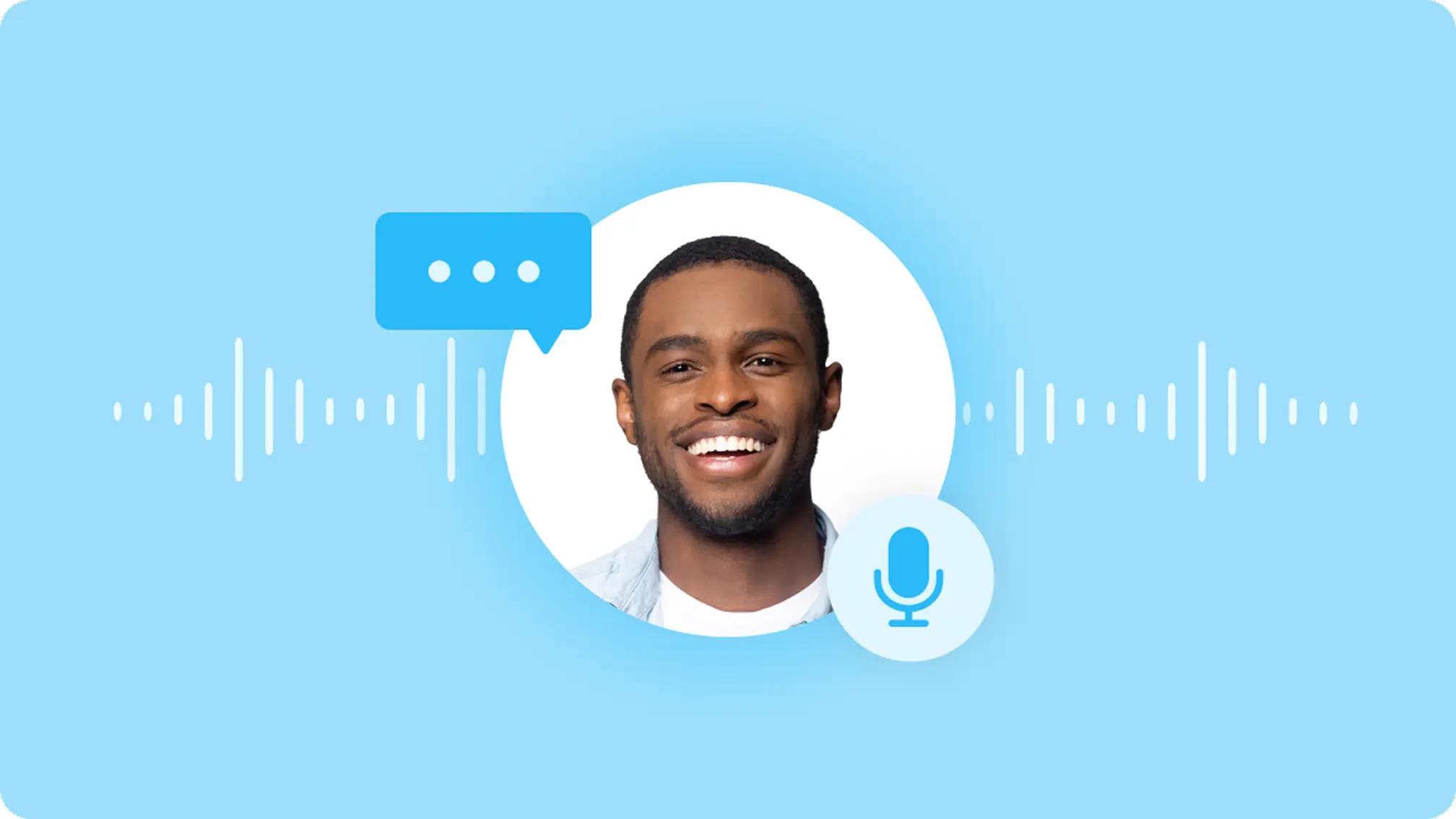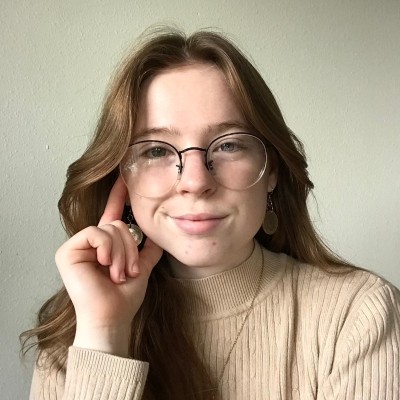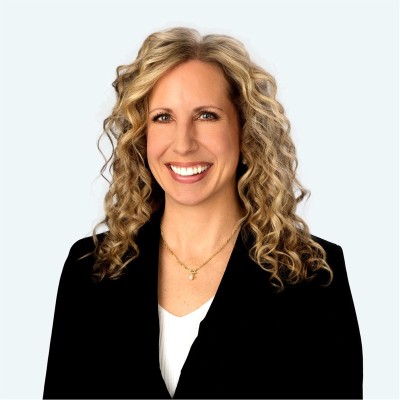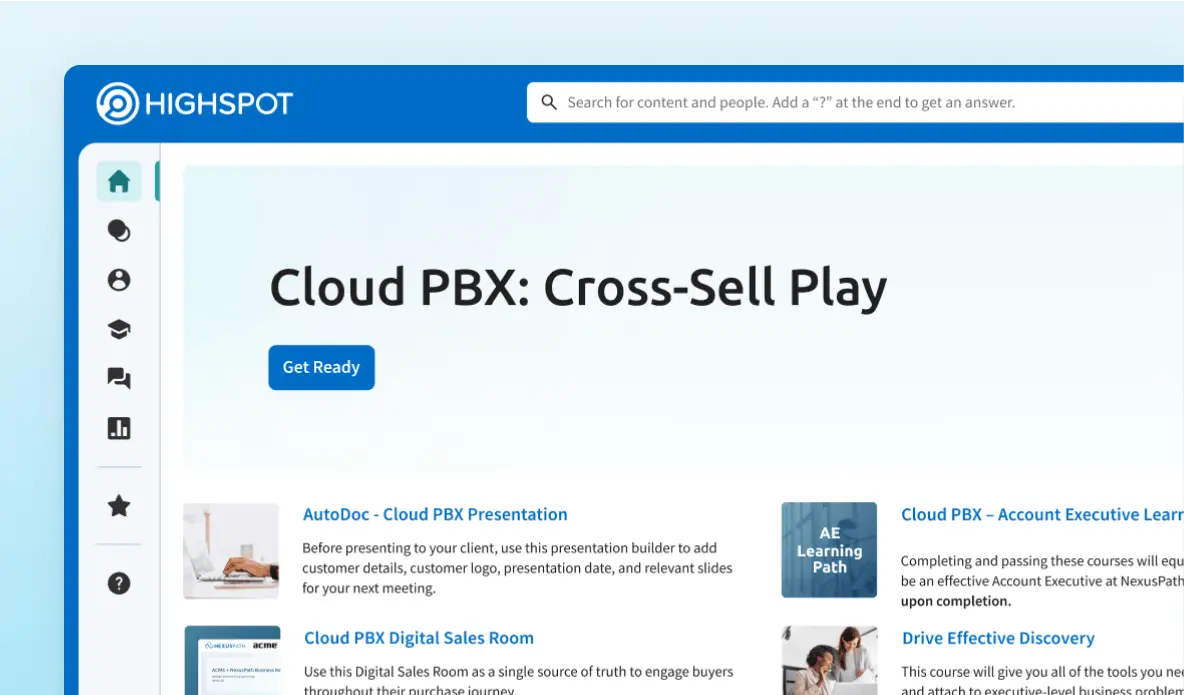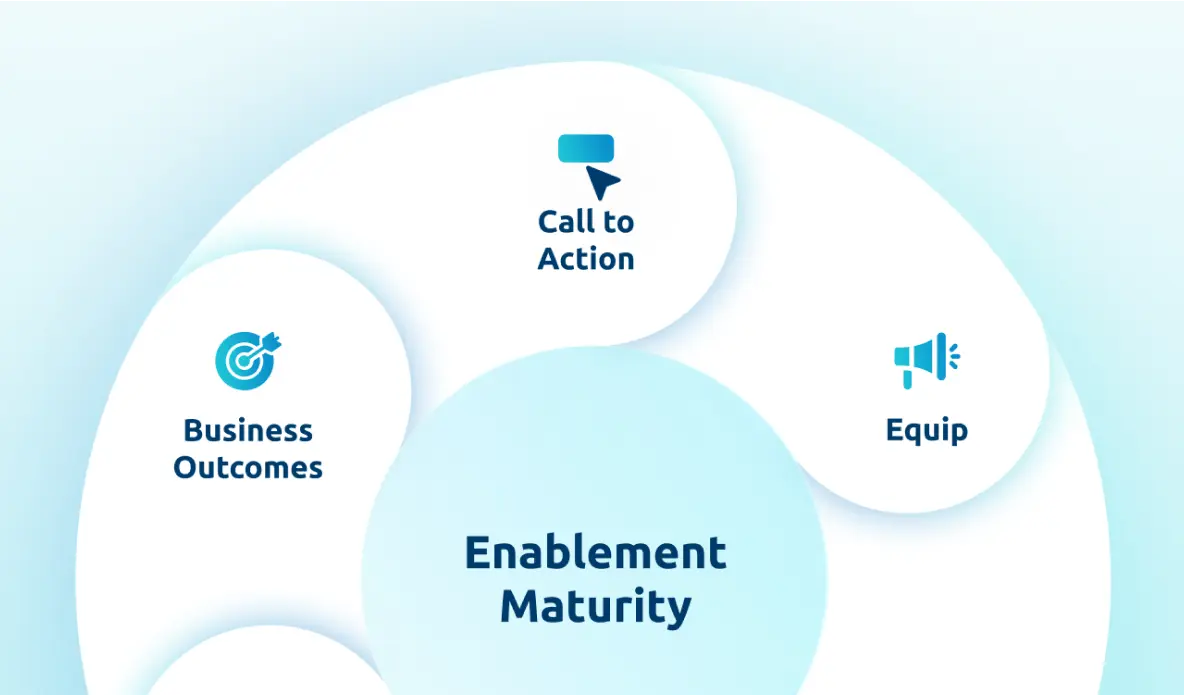According to research from Gallup, 21% of employees who voluntarily left their organization said their departure could have been prevented by more positive personal interactions with their manager. So how can you create a coaching culture that keeps teams motivated and drives sales success?
Riley Rogers: Hi, and welcome to the Win-Win podcast. I’m your host, Riley Rogers. Join us as we dive into changing trends in the workplace and how to navigate them successfully.
Here to discuss this topic is Robin Handley, Senior VP of Sales Enablement at Direct Travel. Thank you so much for joining us, Robin. We’re really excited to have you here. To kick us off, I’d love if you could start just by telling us a little bit about yourself, your background, and your role.
Robin Handley: Yeah, I’d love to, and thank you so much for having me. I’m absolutely thrilled to be here. I have actually been in the travel industry for 30-plus years, so I guess you could say I grew up here. I am the SVP of Sales Enablement at Direct Travel, like you mentioned. Under my current remit, you know, I am responsible for sales enablement, managing also what we call the inbound and outbound lead generation with our sales development reps and the proposal writing team.
So I’ve got pretty, you know, three different distinct lines of business within my remit. And then I think it’s important to share that in my prior roles, in addition to sales enablement, I also led teams related to reporting, data analytics, CRM platforms, as well as change and transformation.
RR: Wonderful. Thank you for sharing. It seems like you have a wealth of knowledge acquired over a lot of different roles, and I’m so excited to kind of dig into it and steal some of your best practices. Thinking about your experience—maybe in data analytics, product, customer success, all of these things that you alluded to—I’d be curious to know how this diverse background kind of comes together to influence your approach to sales enablement at Direct Travel.
RH: You know, I think having experience spanning across, you know, many areas, it gives a broad perspective around how things intersect, how they influence, and, you know, how they support each other. So, for example, leveraging data points such as why we win, reasons why we lose, as well as listening to customer feedback, you really start to see trends and start to understand the customer and industry pain points.
So from there, you can really start to work with key business partners—I would say in marketing, product, customer experience, you know, those different areas—to make sure that you develop content and assets that are gonna arm your sales reps to overcome objections, to highlight key differentiators, and to align solutions to customer pain points.
And when, you know, you’re leading in enablement, I always say it’s like vitally important to ensure that the right content and collateral and training and coaching is available to enable those sales reps to quickly advance through those sales cycles and close, win that business.
RR: Wonderful. I’d love to maybe double-click a little bit deeper into that enablement approach and philosophy, especially focused on coaching, because I know on LinkedIn you’ve highlighted the importance of people-centric leadership, especially in sales coaching and feedback.
I’m curious to know maybe how you bring this philosophy to life in your enablement efforts, and then how that affects your overarching coaching culture.
RH: Yeah, so people-centric leadership, you know, it really isn’t just being caring, empathetic, committed. I think, you know, that’s all highly important, but it’s also about being intentional in how we grow our teams.
So developing individuals through coaching, feedback, and recognition is so critical. So one thing I do is I run pitch exercises where reps record themselves, and I always tell them, this is your playground. You know, you can mess up here, not in front of a customer. And it feels like a safe space. So that mindset shift makes a huge difference.
And this approach not only helps individuals grow, but it also fosters a culture where, you know, feedback becomes normalized and valued. So over time, this creates, like, that ripple effect as well. And so what I start to see is reps start to coach each other. They feel comfortable sharing tips or tricks or feedback. Even, you know, it’s not so much then from that top-down directive. It feels like it’s more of a collaborative community. And as a result, I think it’s also important just to call out that we start to see reps become more confident and collaborative just in general. So as a result of that, I would say, you know, it even helps increase or improve our win rates and, you know, helps people be better prepared and hopefully, again, win that business.
RR: Yeah, I love to hear that. I think the idea of like making a safe space for practice is so important. People need to be able to make mistakes. That’s where you learn. So that’s great to hear. I’d like to switch gears maybe a little. I know that in addition to creating a healthy coaching culture, improving sales efficiency is a key focus for you at Direct Travel.
I’d be curious—maybe some of the challenges to GTM efficiency that you’re seeing your teams face today.
RH: Oh yeah. I say, you know, quite a few come to mind, and I think that’s normal, right? I mean, in any company there’s always those things. I would say, you know, sellers using old, outdated collateral, sometimes trying to find where are those assets stored, because they could be stored in multiple different areas.
I would say another big thing that we’re challenged with is related to long sales cycles, and so, you know, for me it’s always top of mind: how do we continue to shorten and shrink those sales cycles? And then I think a lot of times you’re not getting full visibility into buyer engagement. So without that data, a lot of times the sales reps are using their gut.
There’s only a few data points that they have, like, oh, are we able to have another meeting? Are they responding? But you’re not really getting that buyer engagement. And then, in addition to that, you know, really cumbersome and manual ways to coach the sales reps. Just—I can tell you—doing a pitch session a year ago without Highspot, it was so cumbersome. Just having to build out what is the talk track, sharing that video through email that we recorded of the pitch, and then coming together with a rubric and then trying to do all the scoring. It was very labor-intensive.
RR: Yeah, I think you’re spot on with these challenges. There are things that we’re certainly hearing from our customers, we feel ourselves, and other organizations are talking about. And I think the big thing is that everybody is trying to solve for them. And so, as you kind of mentioned just a little bit, you have found a platform to help you with that. So I’d be curious if you could tell me a little bit about the strategic advantage of an enablement platform and how it’s helping you kind of overcome some of these challenges that you’re seeing.
RH: Absolutely. So using Highspot is a dream come true, to be honest. Number one, you know, having one central hub for sales content is so critical and so important. So I feel like our sales reps that are in the Highspot environment no longer feel like they’re digging through email or SharePoints or going on a team site trying to find that collateral.
So that is a huge efficiency gain, but also think of job satisfaction. Those sellers feel like, wow, this is so much easier for me to navigate. I would also say, again, going back to the real-time insights and analytics from buyer engagement—so now we’re able to see what content is being viewed, and it’s also helping us tailor our follow-up as well as being able to close deals faster.
The other I would say is consistent coaching and training. So going back to the example I just used—very manual process historically—but being able now to leverage AI to provide feedback instantly is incredible.
RR: Wonderful. That’s absolutely what I love to hear, and I’m super excited that you’re finding these wins already so early.
Thinking about platforms and enablement technology, I’d like to maybe call out a win that we’ve heard through the grapevine, which is that even though you’re early in your journey with the platform, you’ve already achieved a really impressive 96% recurring usage rate. So I’d really love to hear what some of your best practices for driving that adoption are and how you’ve achieved that.
RH: Yeah, absolutely. So right out of the gate, timing-wise, this worked perfectly because we were having our sales kickoff meeting in person, and so we used that as our launch, right? So we were able to get the hype going, and we had sessions where we did a whistle-stop tour of all the tools, key capabilities, and really got people excited about what was coming around the corner.
So after our SKO, we then did what we called mandatory kickoff implementation calls to get everyone set up. And what we really wanted to make sure that we didn’t do was one big bang because we know there are so many features and capabilities in the platform that we wanted to be really intentional about phasing that out.
So the first thing that we did is we focused on content management. Again, you heard that was one of our challenges. So we wanted to make sure that we had one stop shop for all of our content and make it super easy for people to navigate and find anything that they need for their sales cycle.
In addition to that, the next thing we wanted to do was roll out digital sales rooms because, again, you heard that was a challenge. We wanted to start to see buyer engagement. So that was really well received by the entire group. So it was very easy for us to get them excited and into the tool and the repeat usage. So that was the starting point.
In addition to that, we started and continue to host every Friday an optional drop-in office hours call. And this is really great because people that are available, they’ll jump in, they’ll listen if they don’t have questions, or others will actually ask questions, which then drives conversation and also highlights successes. Because in those moments, you know, people are starting to talk about, oh, you know, this is how we did it, or this worked for me. You really start to see some of those true successes come to life.
I think the other important piece is making sure that we had our executive leadership team and other leaders be advocates for Highspot—so making sure that they’re talking about it in their meetings, that they’re highlighting it in town halls.
And also, as we’re starting to see some of the data and the proof points, I, along with other leaders, are sharing those out through email or on calls for recognition. So things like recognizing top users of Highspot, those that built the most digital sales rooms, those that had the most content viewed, or people viewing their digital sales room. And then I would kind of wrap that up with also—we’ve had some people create some really creative intro videos that they’ve included in the digital sales room. We’re making sure that we’re sharing those broadly so people can spark new ideas on how they want to show up in their digital sales rooms.
RR: This is all really great advice, and I think very helpful tips. I love the idea of tapping into that competitive instinct in your salespeople—who has the most pitches, who has the most views. That is something that is gonna ignite activity for sure.
So now, thinking that you’ve achieved this adoption and you have your sellers bought in, I’d love to dig a little bit further into maybe what’s next for you. I’ve heard that you’re planning to leverage Highspot AI capabilities to drive scalability and efficiency. So can you share a little bit about how you’re building AI features—things like meeting intelligence—into your enablement strategy going forward?
RH: Yeah, absolutely. So we are really excited about leveraging the AI features and meeting intelligence. In fact, that was one of the selling points when we were going through the sales cycle with Highspot.
Number one is we love the fact that you can ingest meeting recordings into the platform and right away, using AI, get some feedback on what I would say is like performance feedback.
So I love being able to see stats on how much percentage of time a seller spoke versus a prospect—because we want that to be 20%, roughly, right? And we really want to do all of those high-gain questions to have our prospects open up and speak to us, especially, you know, during discovery.
The other thing that I really love is using delivery insights. So there’s the pitch variation, pace, and filler words, and that’s really helpful for people that have never used a tool—to share that with them. They maybe have no idea how many times they say “right,” “um,” “you know,” all those different filler words. And so it’s really great to give them that awareness and to also show the pace because some people are fast talkers and some maybe are a little bit slower, so it gives them some intel on how to improve.
The other thing that we’ve actively started using is the follow-up feature. So you can get quick capture or, you know, a transcript that then shows you next steps and actions. So it’s a time saver, and you don’t feel like you need to take notes. You can just let yourself focus on the conversation and be an active listener.
RR: Awesome. I love the value that you’re seeing in some of these features. I really like to hear about the vision, so I would love to maybe hear a little bit about how you’re bringing that vision to life and what that strategy is.
In May, you actually joined us here in Seattle for a workshop on our real-world coaching capabilities, and you shared with us that you’re currently testing them with a pilot group. So I’d love if you could kind of lay out how you’re rolling out these capabilities, how the pilot’s going, and how you’re kind of empowering users to start leveraging this tool.
RH: Yeah, so you’re right. I did attend the meeting in Seattle and it was fantastic. It was such a great opportunity to learn more about the capabilities and start framing up, you know, our go-forward vision of where we want to go with this.
And I would say you’re right—we are still very much in the early phases of leveraging this, especially, you know, the coaching capabilities. So what is in the works is, you know, we are starting to build out pitching exercises for different industry nuances and buyer personas, and I think that is gonna be super helpful to really get our sellers comfortable with different talk tracks based on different individuals that they’re speaking to.
So to me, that is one of the first things that we really want to focus on, and we’ll be coming out of the gate soon.
RR: Awesome. Well, I can’t wait to hear about how it’s going in a few months. I know a lot of work to be done, but I’m sure a lot of wins in the future.
Speaking kind of of down the line, I’d like to maybe turn to your measurement strategy, especially, you know, as we talked about, knowing that you’re a leader with a strong analytics background.
I’d be curious—when it comes to enablement programs like this new coaching initiative, what key metrics you’re tracking to measure their impact, and then maybe what success looks like in the next year or so.
RH: Yeah, I think we’re tracking a blend right now of adoption, engagement, and performance metrics, which I think is really important because we’re still in the early phases of rolling this out.
So we want to make sure that people are adopting it, and then we want to make sure from an engagement perspective, we’re starting to see people leveraging feedback and things of that nature—and performance metrics. So I’ll dive a little bit deeper into that.
So definitely we are looking at, you know, the percent of reps who have completed coaching modules and sessions, percent who completed coaching tasks, and feedback ratings for sales reps.
In addition to that, we’re looking at things like leveraging meetings intelligence metrics, such as, you know, those talk ratios and the objection handling—because the other cool thing is at the bottom of the recording, it shows some key, I would say, like competencies. And I’m not sure how to phrase that, but it’s really helpful for a seller to say, okay, this was an area where I should have been focusing on objection handling, and maybe I didn’t, right? So some of those things are really important right now.
And then performance metrics as well. So we are looking at quota attainment, pipeline growth, conversion rates, sales cycle length. And for me, you know, these seem to be the biggest indicator of success. You know, because you really want to see that ROI.
You know, we’re starting to see some of our DSRs that, in the early stages here, we’re winning business. And we do feel like this is a game changer for us because we’re showing up differently.
RR: Awesome. I love to hear that. And as I said, I can’t wait to hear more about how the momentum grows over time at Direct Travel.
Maybe returning to the present, I know you’re still early, but I think it’s important to talk about your wins, right? So I’d love to know—maybe key wins or things that you’re proud of that you’ve achieved so far. Anything you can share with us?
RH: Yeah, absolutely. So I would say, you know, through this pilot and launch that we’ve done, we have had sales reps just absolutely elated when they send out a digital sales room, and the very first time someone takes a look at the room, right, and they look at the content, they are sending messages in chat like, oh my gosh, it’s working! And that in and of itself is a testament as to why, you know, we rolled this out.
In addition to that, like I was just mentioning, we have already some sellers that have created and used digital sales rooms for the entire sales process, and it has shortened the sales cycle.
We have a few individuals where they started at discovery using an intro video, updating some content and collateral about our tech stack and services, and then used it all the way to starting to post the proposal and pricing.
And then there we are—we won the business right after that. So it’s pretty impressive. So I think those are the big wins. Just again, you saw the usage, you know, in the high nineties. We’ve got many digital sales rooms that have been created, and we’re winning business as a result of it.
RR: Wonderful. I think that rep feedback says a lot. If you can get your reps excited, you’re getting exclamation points through Slack—you know you’re doing something right. It seems like you and your team are doing really great work. And I just want to close with one last question. I know you’re deeply involved in mentoring, and you’re a mentor in the GBTA WINiT organization.
So to close, I’d love if you could share with us one or two pieces of advice that you would give to other women looking to develop as leaders and drive impact for their organization.
RH: Yeah, absolutely. I think the number one thing that I would say to people is: say yes. There are so many times where an opportunity comes up—whether it’s a stretch goal, an opportunity to participate in a project, or to even apply for a position.
So many times I’ve talked to women where they feel like, I don’t have the skill, I don’t have the knowledge, I don’t feel comfortable taking that next step. And I always challenge them to say: what’s holding you back and why?
Right. One of the things I always share with them is multiple examples in my career path where I have said yes. I was nervous. I certainly did not have the experience or maybe even the skill. But I didn’t want that to hold me back, because if someone is willing to invest in you, that is the testament in and of itself, right? That is the answer.
So take that leap and have confidence in yourself and give it a whirl.
And the other thing that I’ve had a lot of people say many times is: oh, now’s not a good time. And there’s always reasons to hold back. And I always respond: if not now, when?
There’s always going to be something. So get over that something and just go for it.
RR: That’s great advice. I love the idea of just, you know, invest in yourself. There’s never a better time than now. I know I’ll certainly be taking that to heart.
But that’s all I want to say—thank you so much for joining us today. It was fantastic to learn a little bit more about you, your work, and the incredible trajectory that Direct Travel is on.
RH: Awesome. Thank you so much. I really appreciate the opportunity.
RR: To our listeners, thank you for listening to this episode of the Win-Win podcast. Be sure to tune in next time for more insights on how you can maximize enablement success with Highspot.
